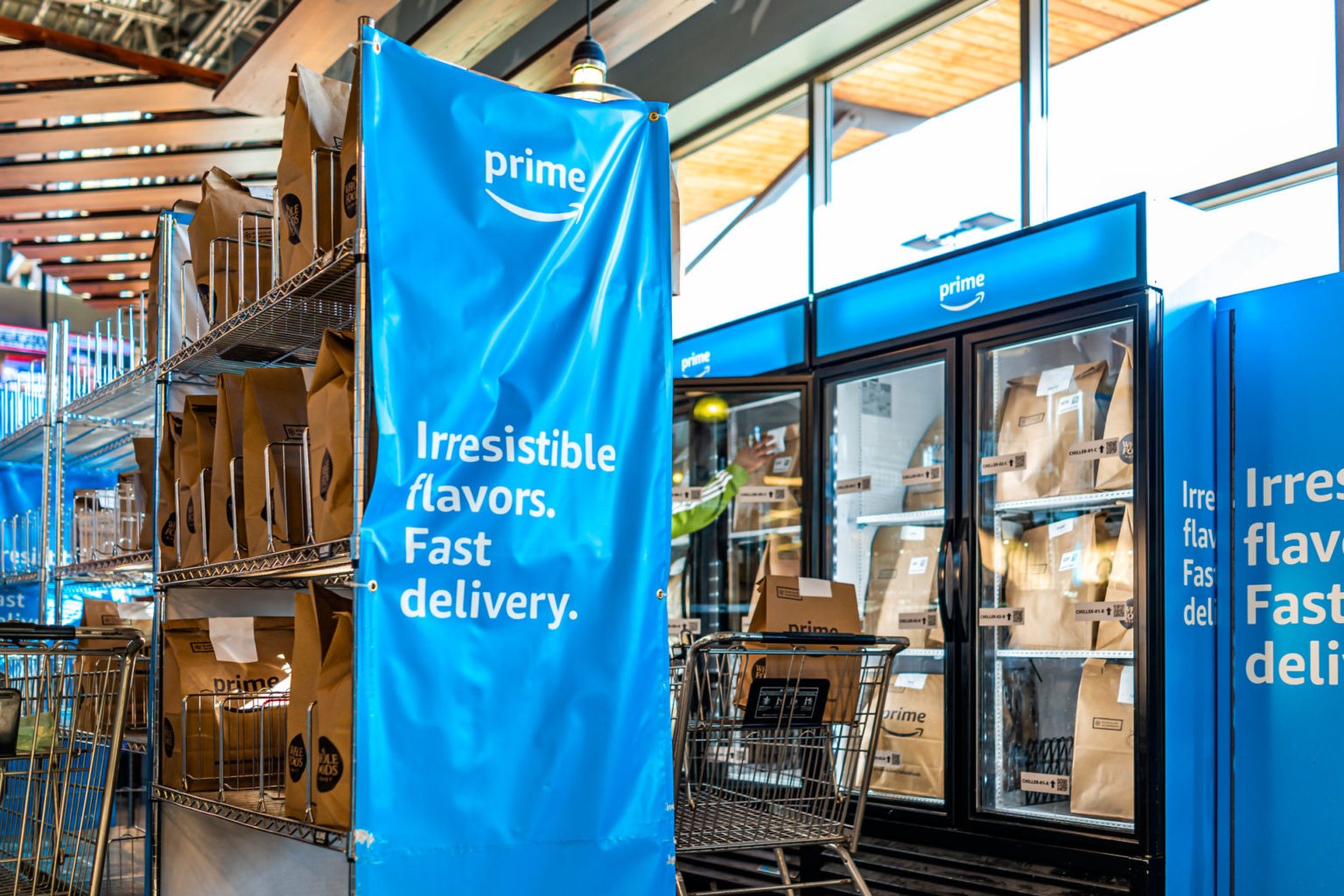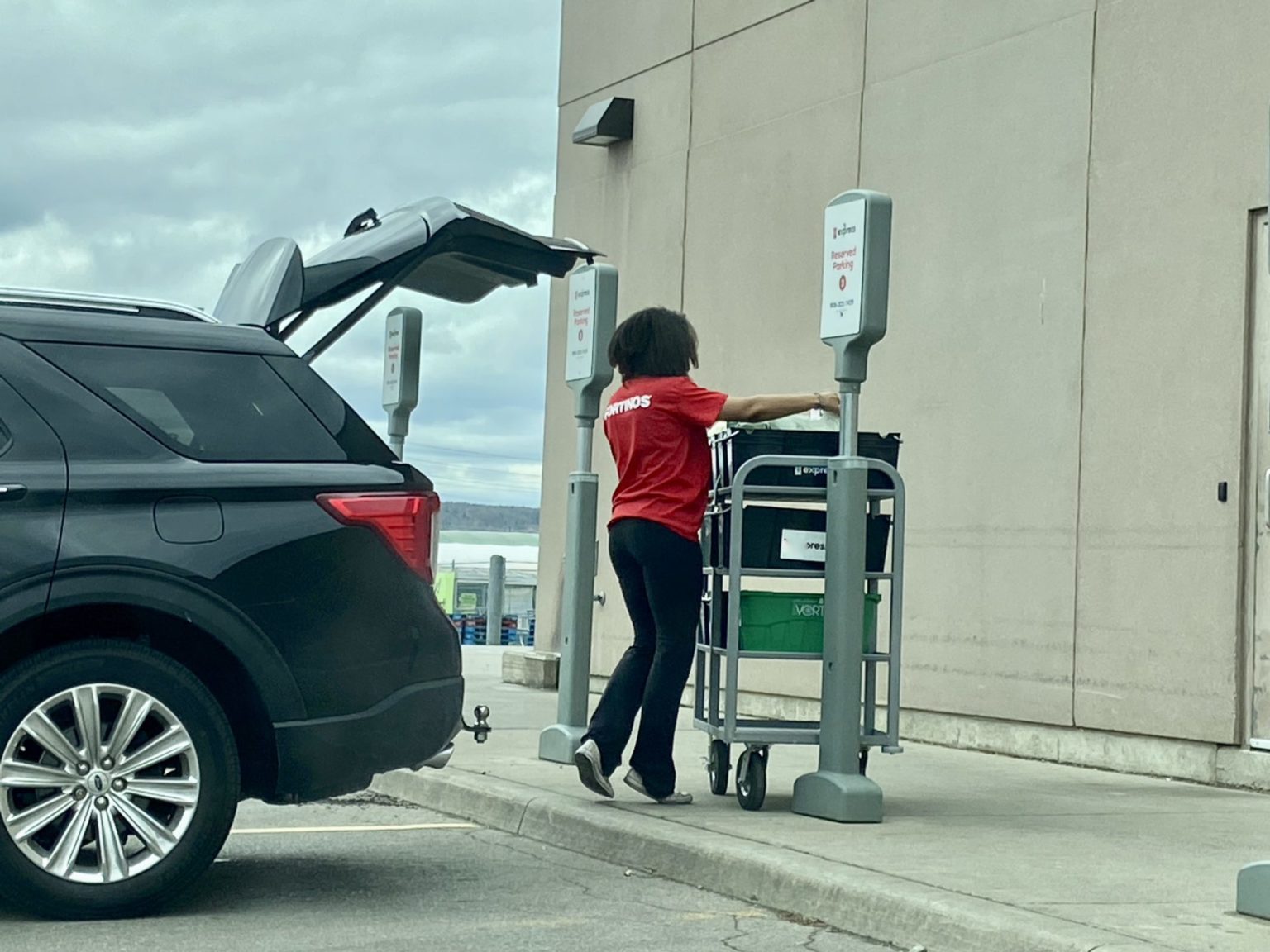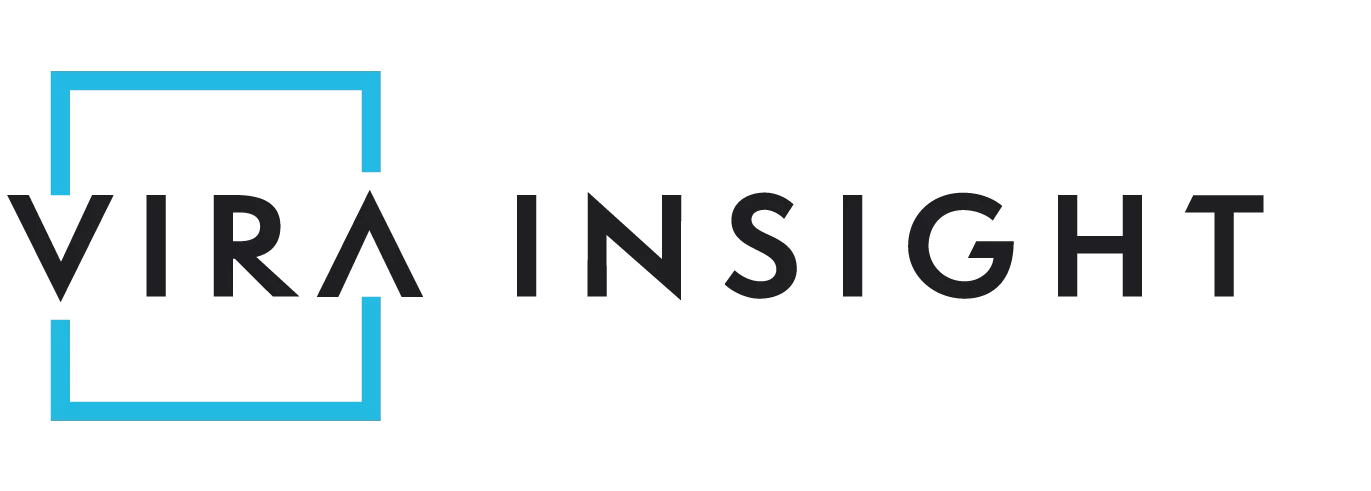Into The Dark
Dark stores offer a flexible and promising future for retail.
If there’s a takeaway from current logistics and shipping conditions, it’s that fully relying on the supply chain for online orders can often leave customers disappointed. This is where the “dark store” comes into play.
Embraced by Walmart, Albertson’s, Kroger, Stop & Shop, and Whole Foods, dark stores—or micro-fulfillment centers—may resemble typical grocery stores but are designed to fulfill customers’ orders without in-person engagement. And these warehouse-like spaces with their longer aisles, lack of checkout stations, and curbside pick-up areas are predicted to grow exponentially in the coming years.
Amazon.com’s first all-dark whole foods shop in Brooklyn, New York, has been so successful, there was a waiting list for new customer fulfillment upon its opening in the fall of 2020.
The company followed up with other dark outlets in cities such as Baltimore and San Francisco, and other retailers quickly followed suit.Even as some dark stores have returned to normal operations, the model’s advantages remain intriguing for retailers. Because micro-fulfillment centers are often smaller, they can be placed closer to customers’ homes than a larger warehouse. Analysts have also determined that the cost of delivering groceries from micro-fulfillment dark stores is two times lower than from a more centralized warehouse.

With no food bars, no checkout lines, and no in-store dining, dark stores also offer more space for products.
Retailers can tailor items in a dark store by what sells best in a specific region, allowing for adequate fulfillment by local demand. Data-driven forecasts can help optimize floorplans for easy picking, and an integrated workforce optimization system can help schedule staff when they are needed most.
At Vira Insight, we have developed many fixtures and solutions that dark stores of all types can implement for better efficiency. From our metal racks and gondola shelving to the back of house office furnishings that are the un-thanked but necessary fixtures that operate businesses, we know what your dark store needs.
By taking into close consideration what product is going where, our solutions help you meet the standards you set for your company. Built around the dimensions of a single commonly used product, our bread racks, for example, enclose bakery goods on all sides except the top. That way, fragile loaves are easy to access while being kept from damage. So, whether you prioritize on time delivery, quality, or freshness, we got you covered.

Meeting the demands of today’s consumer means perfecting the infrastructure and process of shopping on all fronts. A customer picking up orders from a dark store can announce their arrival via a tracking app, allowing workers to plan fulfillment in real-time. But perhaps the most significant technological advance for dark stores is the integration of robotics. The use of robot picking provides for a fast, accurate, and affordable selection of goods in a smaller footprint while adhering to the social distancing rules of the pandemic.
As more stores join the dark revolution, groceries may explore a hybrid model, where a mix of dark and non-dark retail gives an omnichannel approach to rapid product fulfillment. As online and offline shopping meld, consumers will have more flexibility in their shopping experience than ever before, leading to greater profitability for the dark stores of the future.
Is your company exploring the bright future that dark stores may have for your retail locations? Contact us today to explore what solutions may be right for you.
